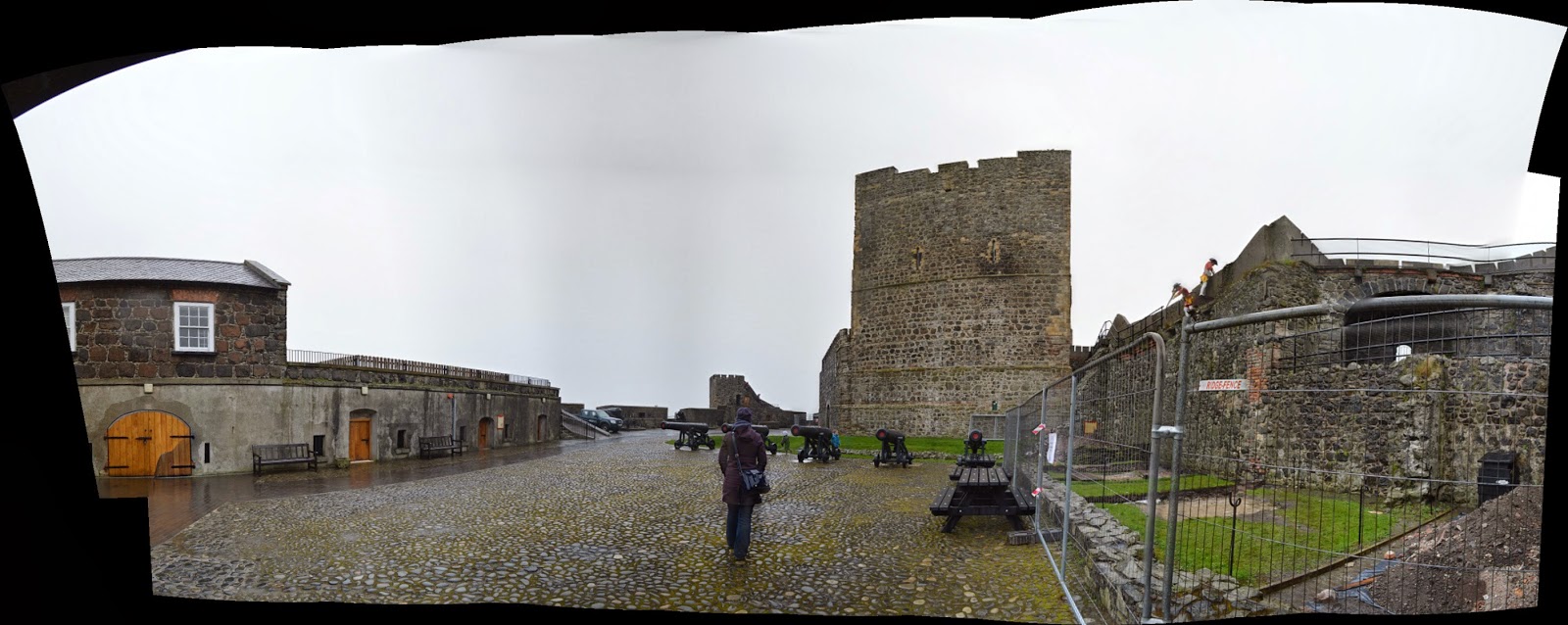Carrickfergus Castle excavation open day | March 29 2014 | in 3D

[** If you like this post, please make a donation to the IR&DD project using the secure button at the right. If you think it is interesting or useful, please re-share via Facebook, Google+, Twitter etc. To help keep the site in operation, please use the amazon search portal at the right - each purchase earns a small amount of advertising revenue **] External view of Carrickfergus Castle The Centre for Archaeological Fieldwork, QUB have been excavating at Carrickfergus Castle , Co. Antrim. They’ve been uncovering some of the 19th century military aspects of the castle. In particular, they’ve traced the length of a munitions tunnel where ordnance was off-loaded from ships and taken into the castle for storage. So far they’ve found a number of narrow-gauge tracks, and a turntable for moving this material around. In amongst the tightly-compacted back-fill they’ve recovered numerous artefacts from earlier periods of the castle’s occupation. The excavations are being directe






